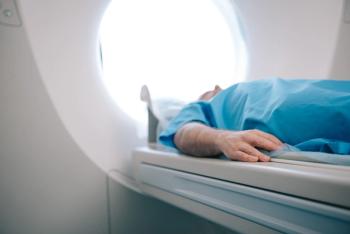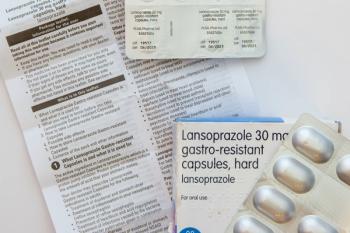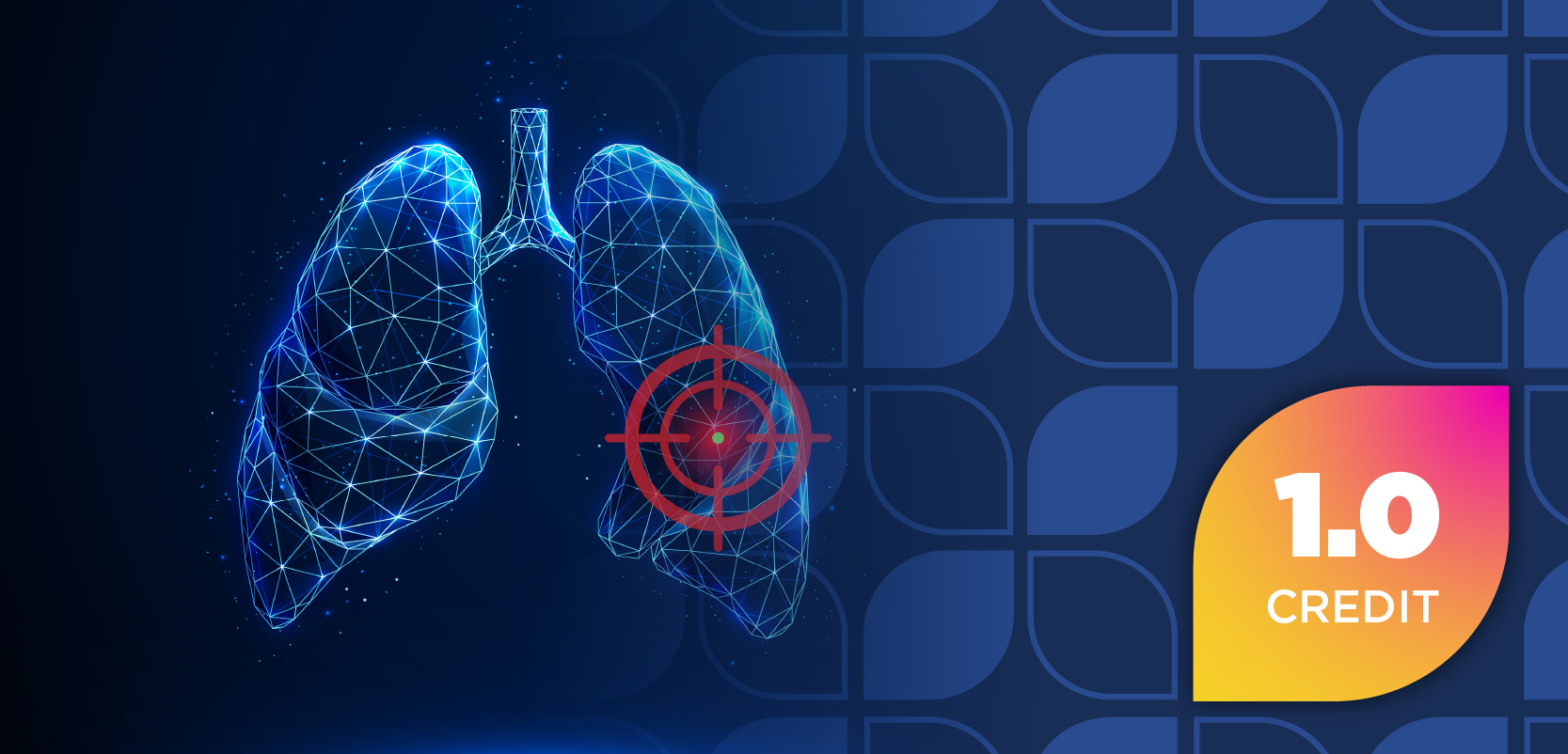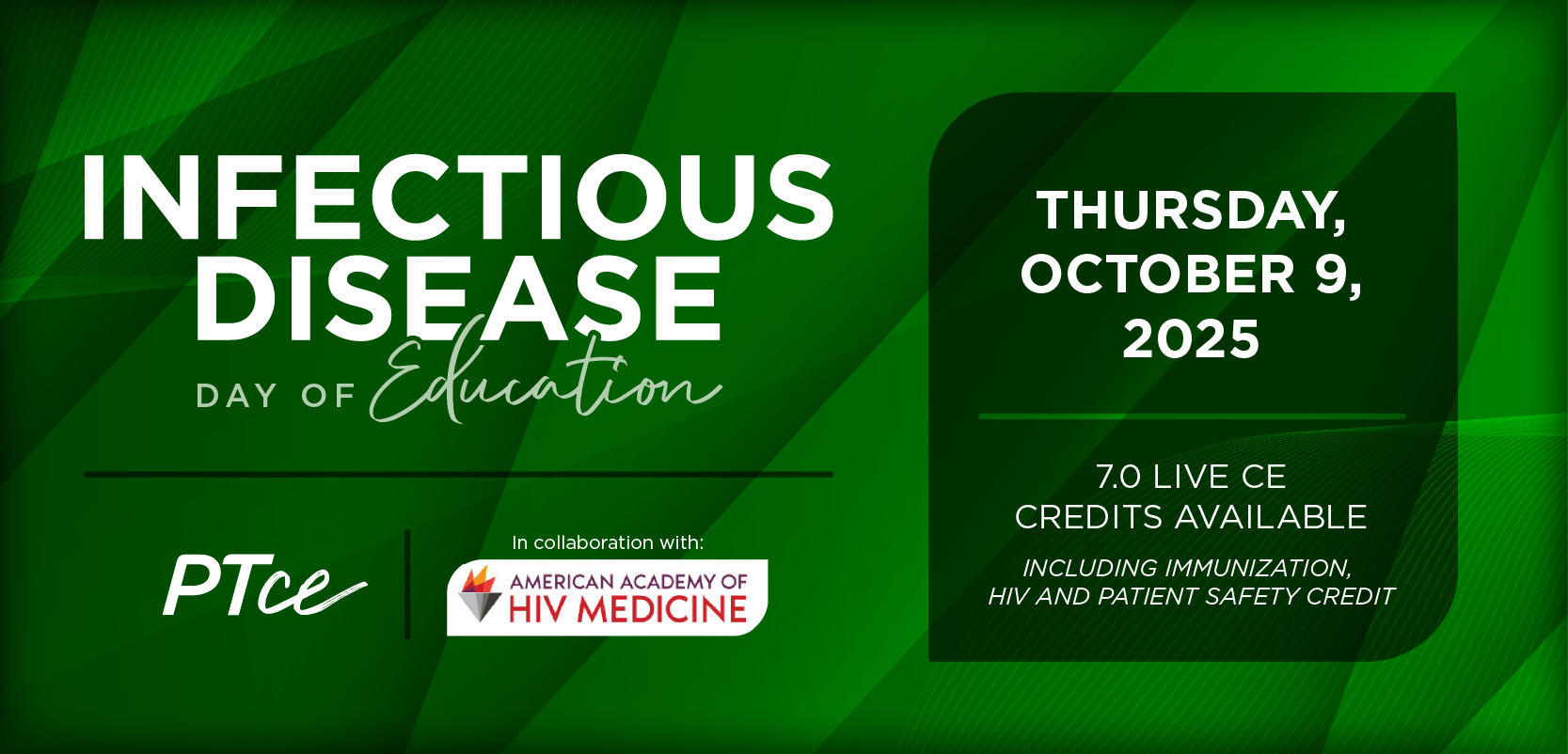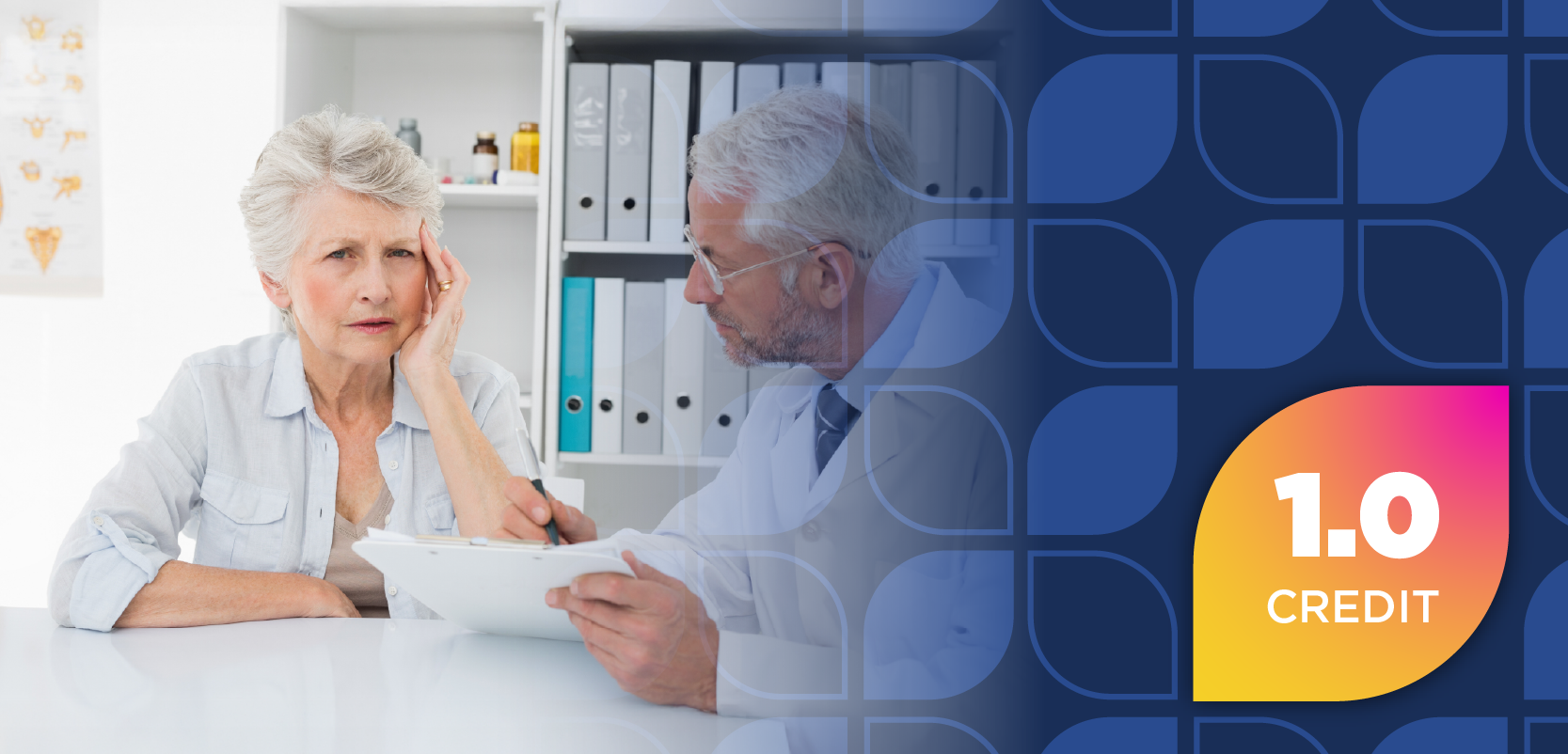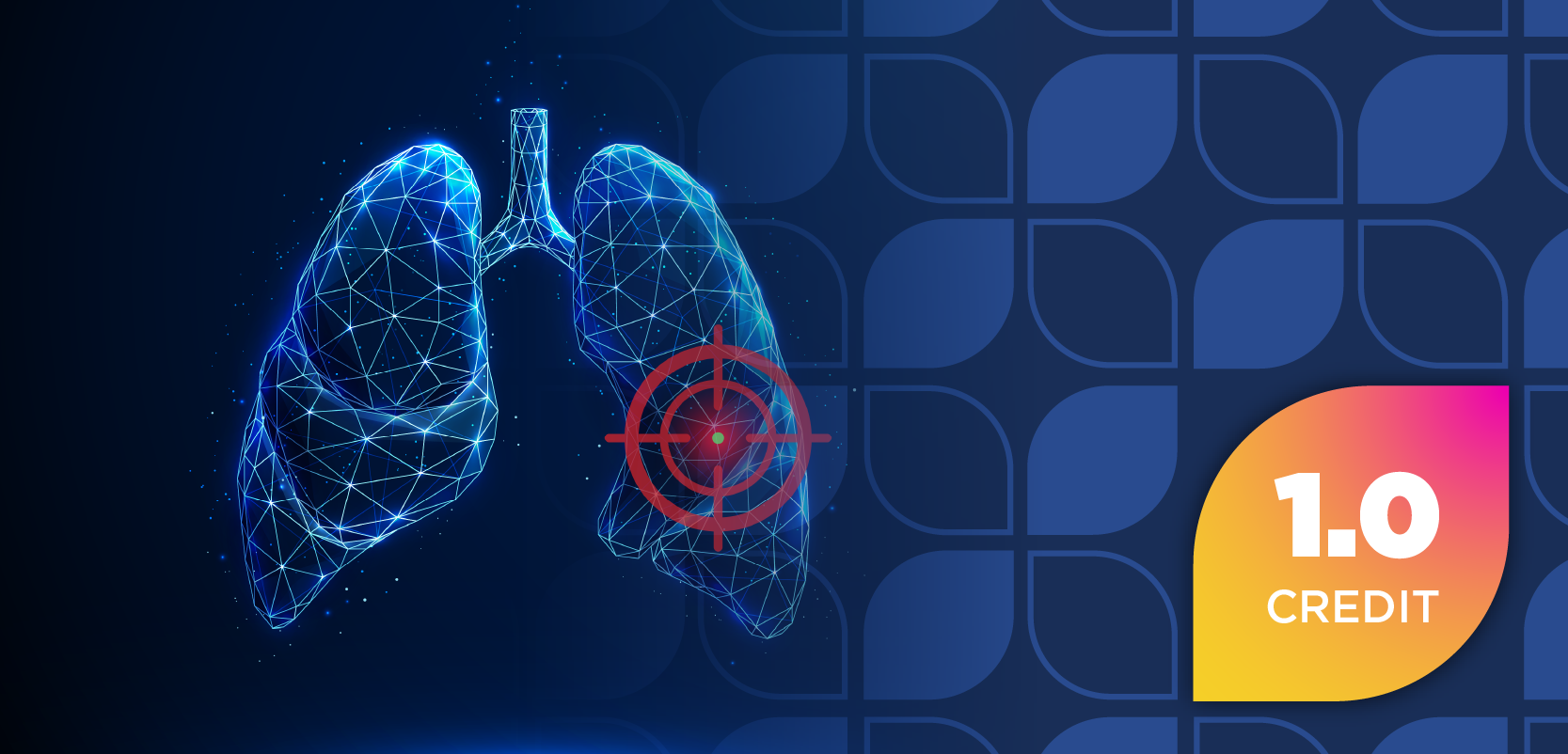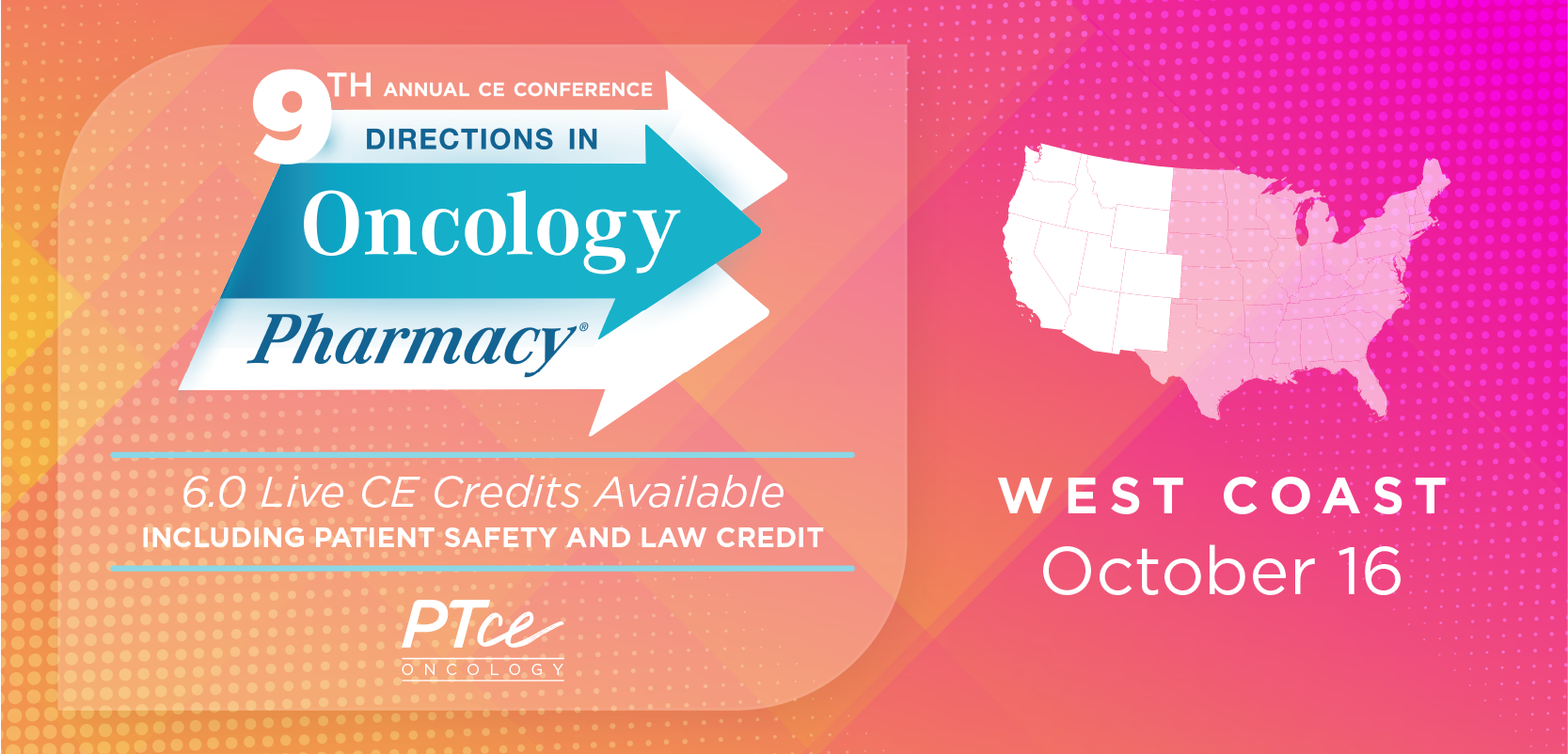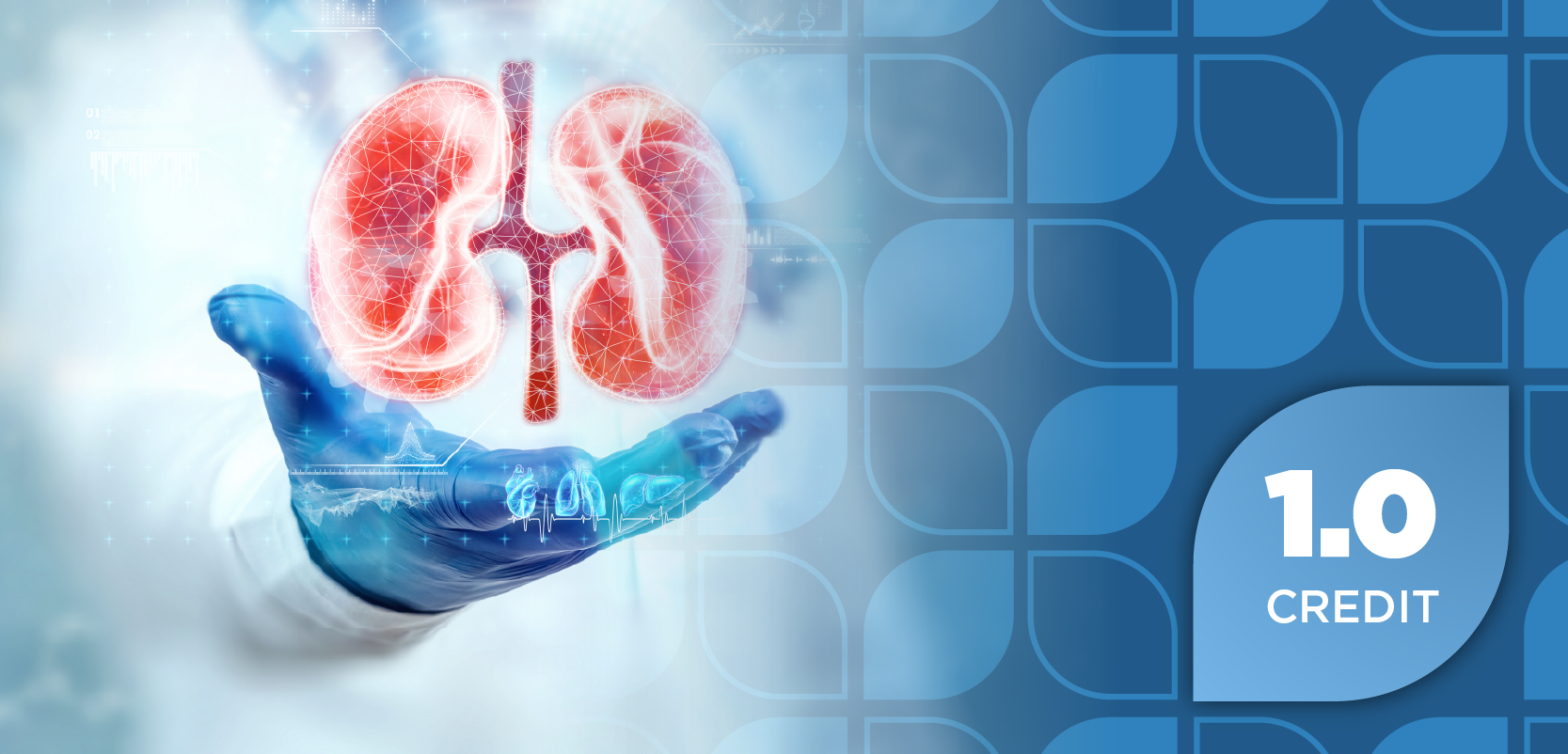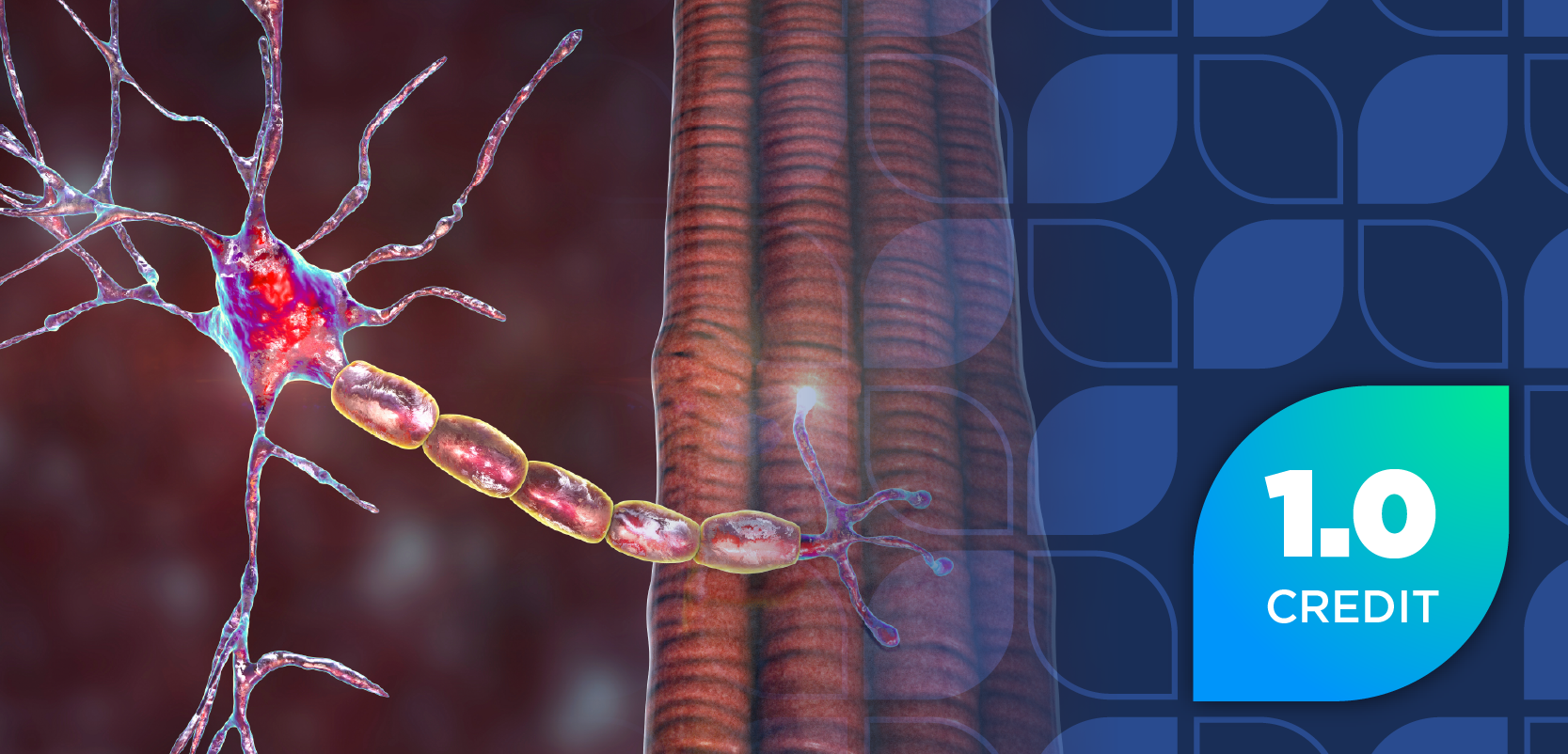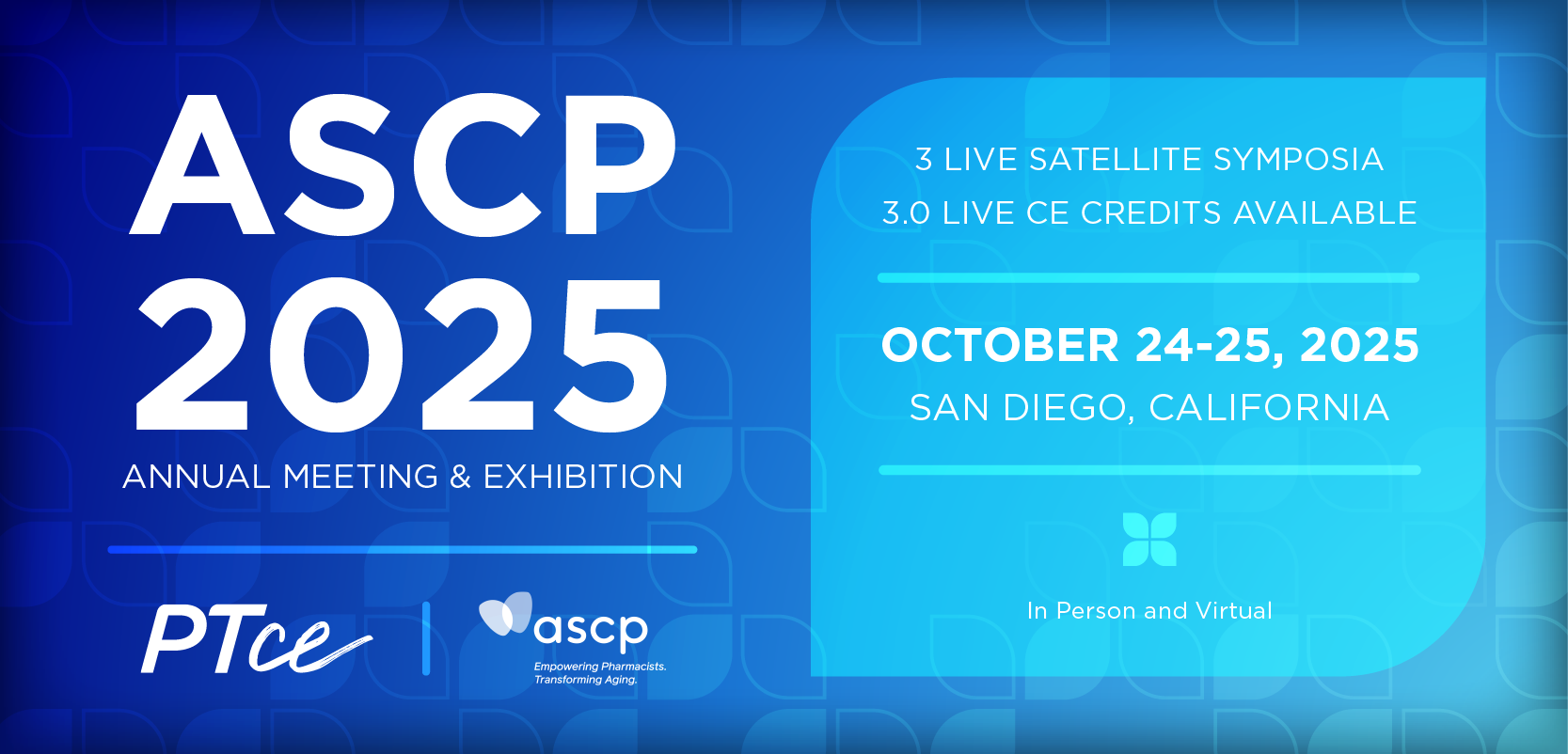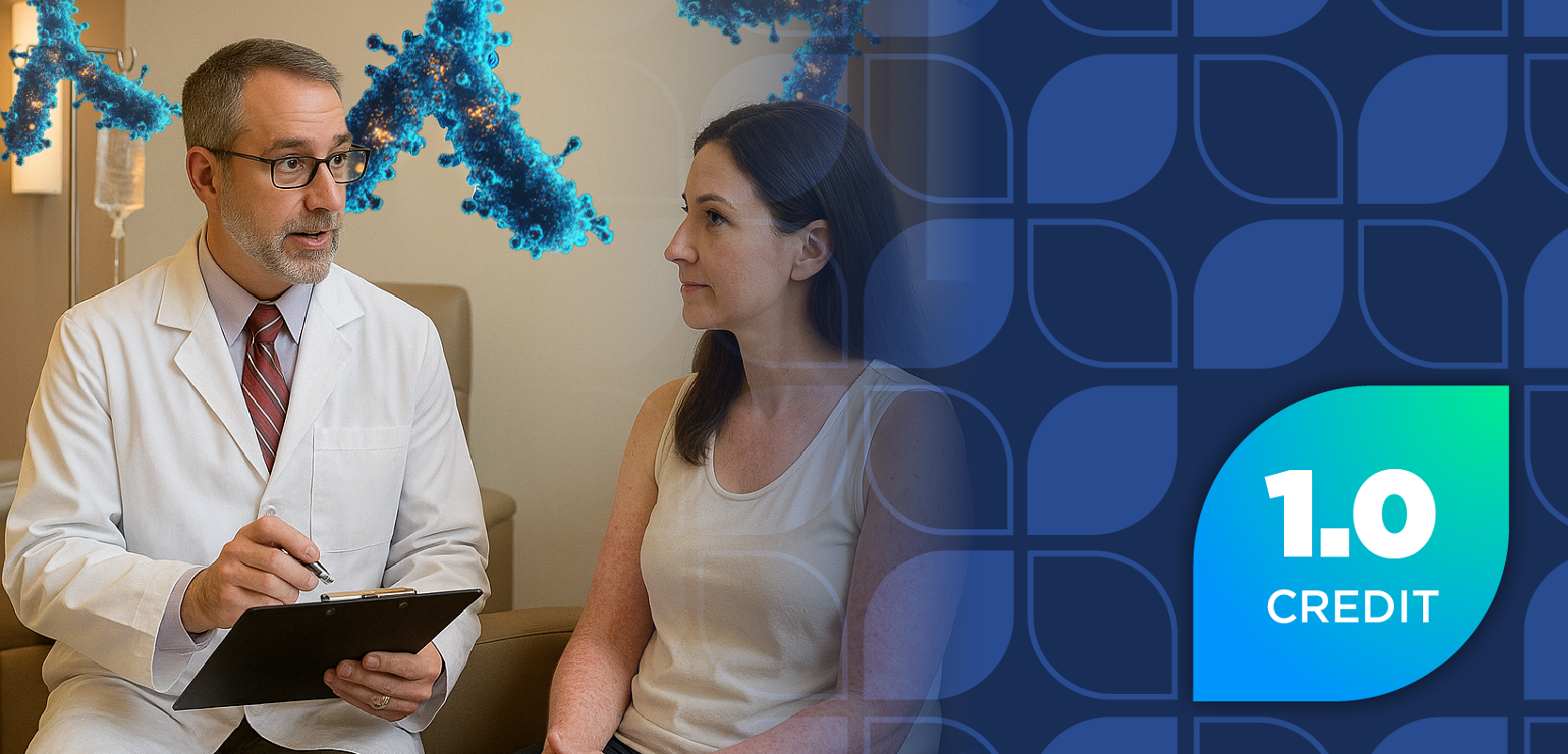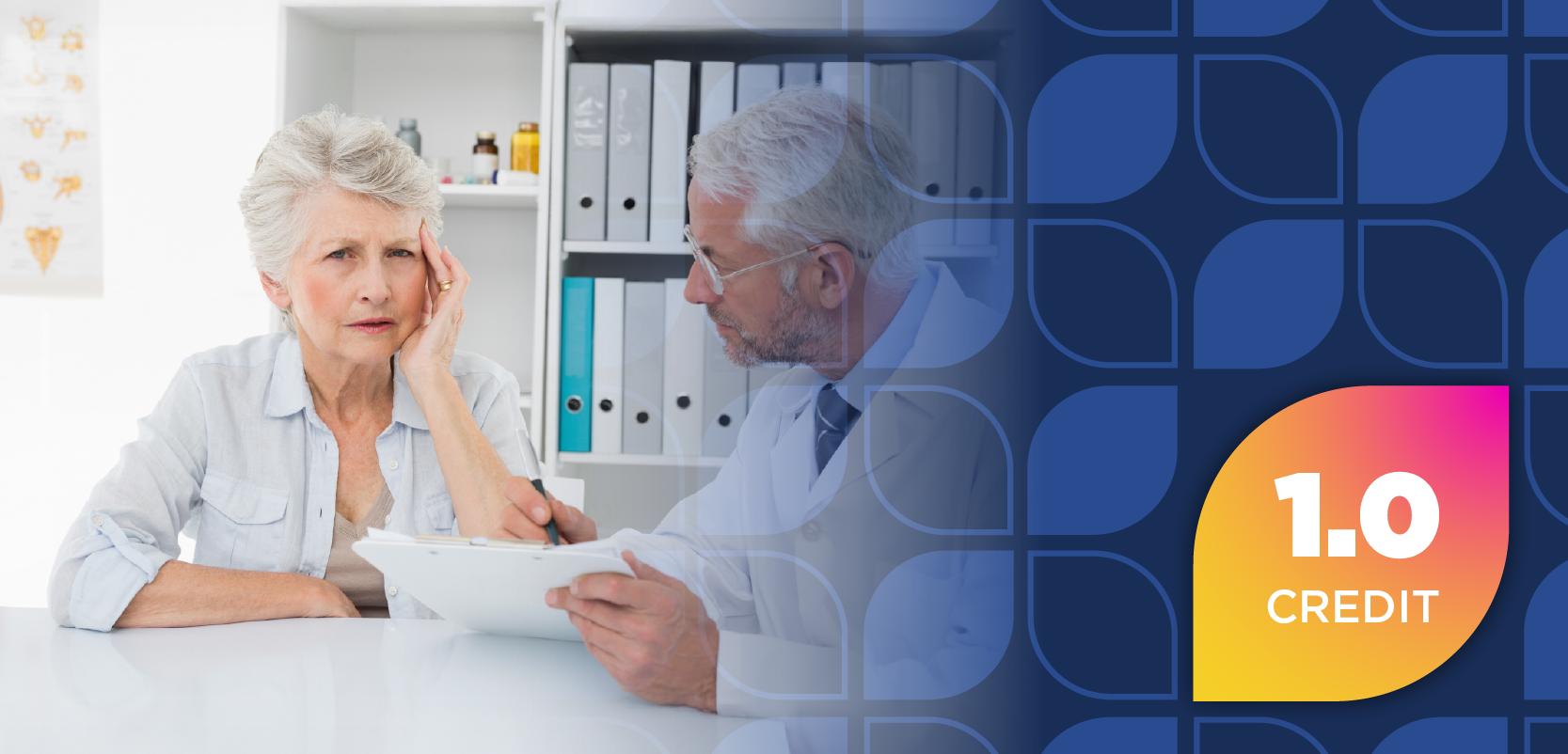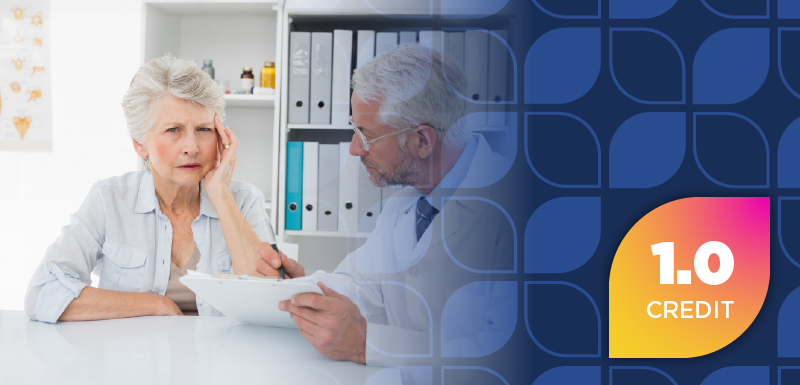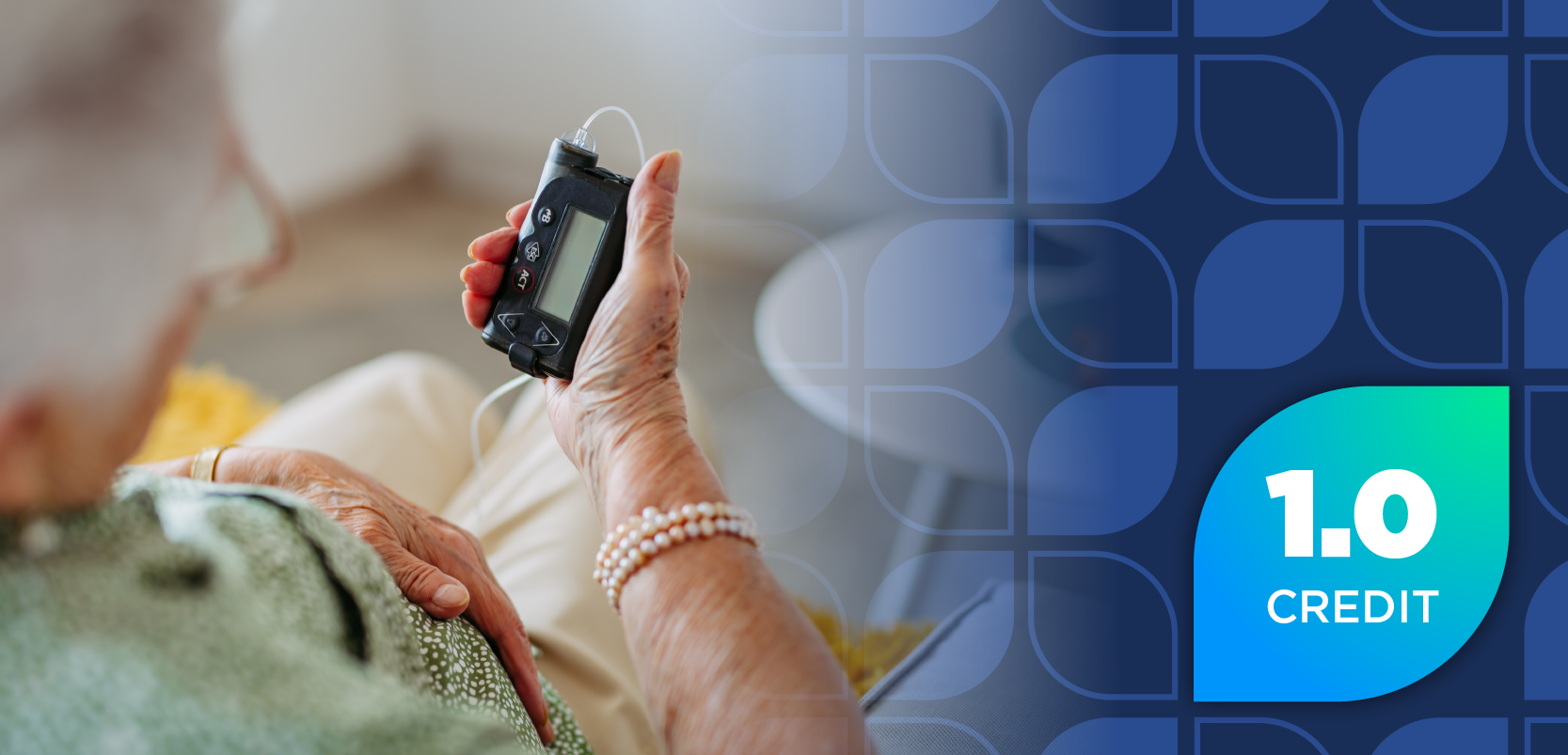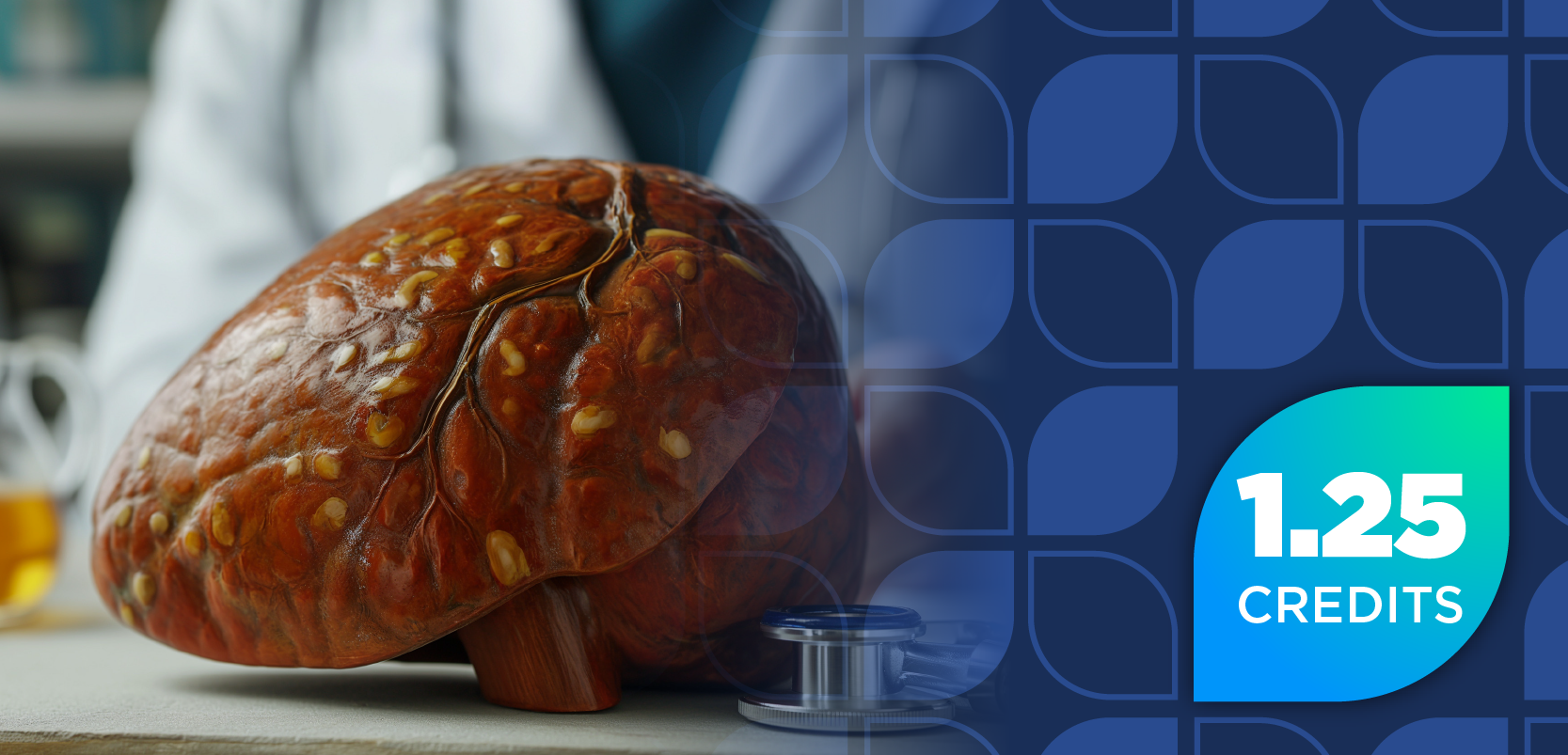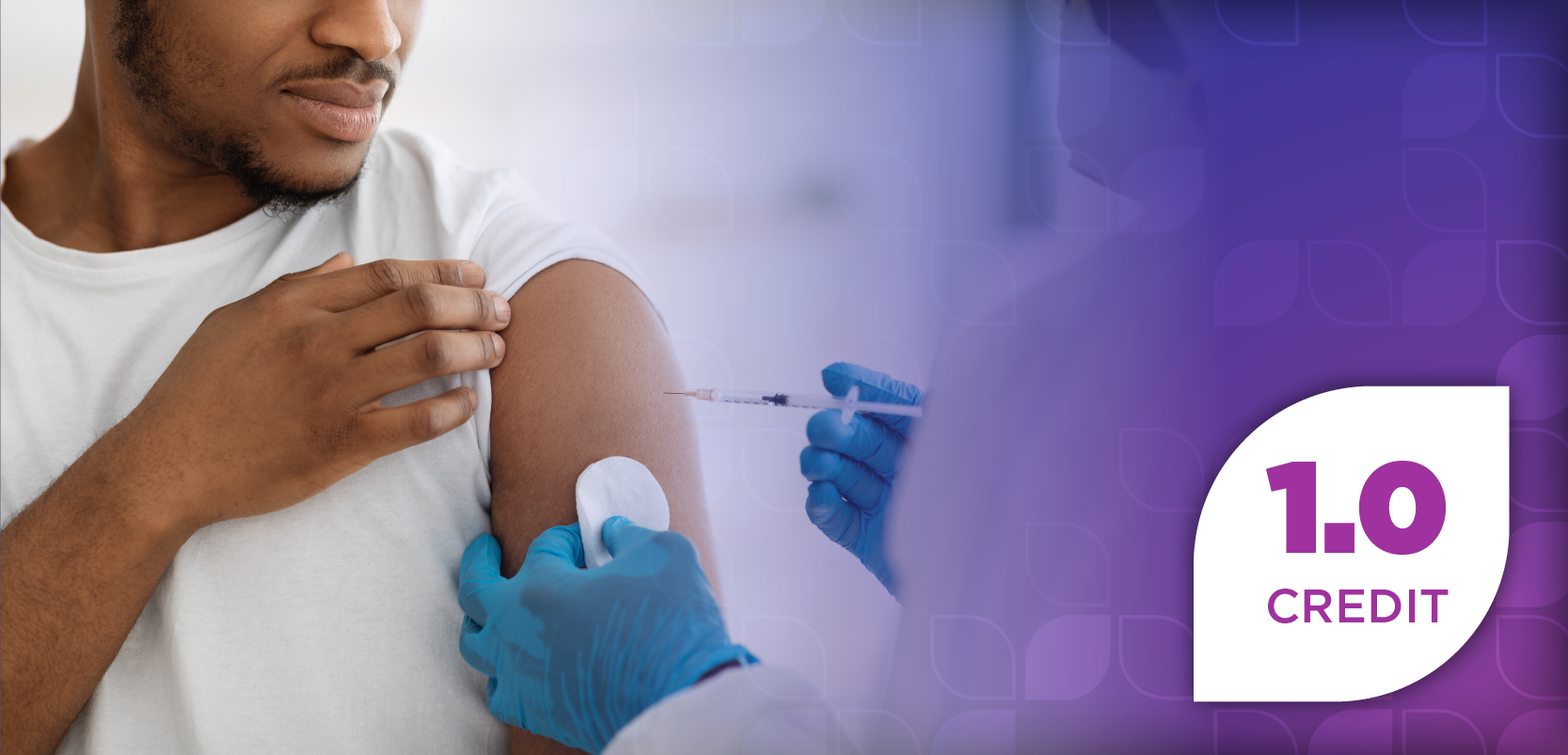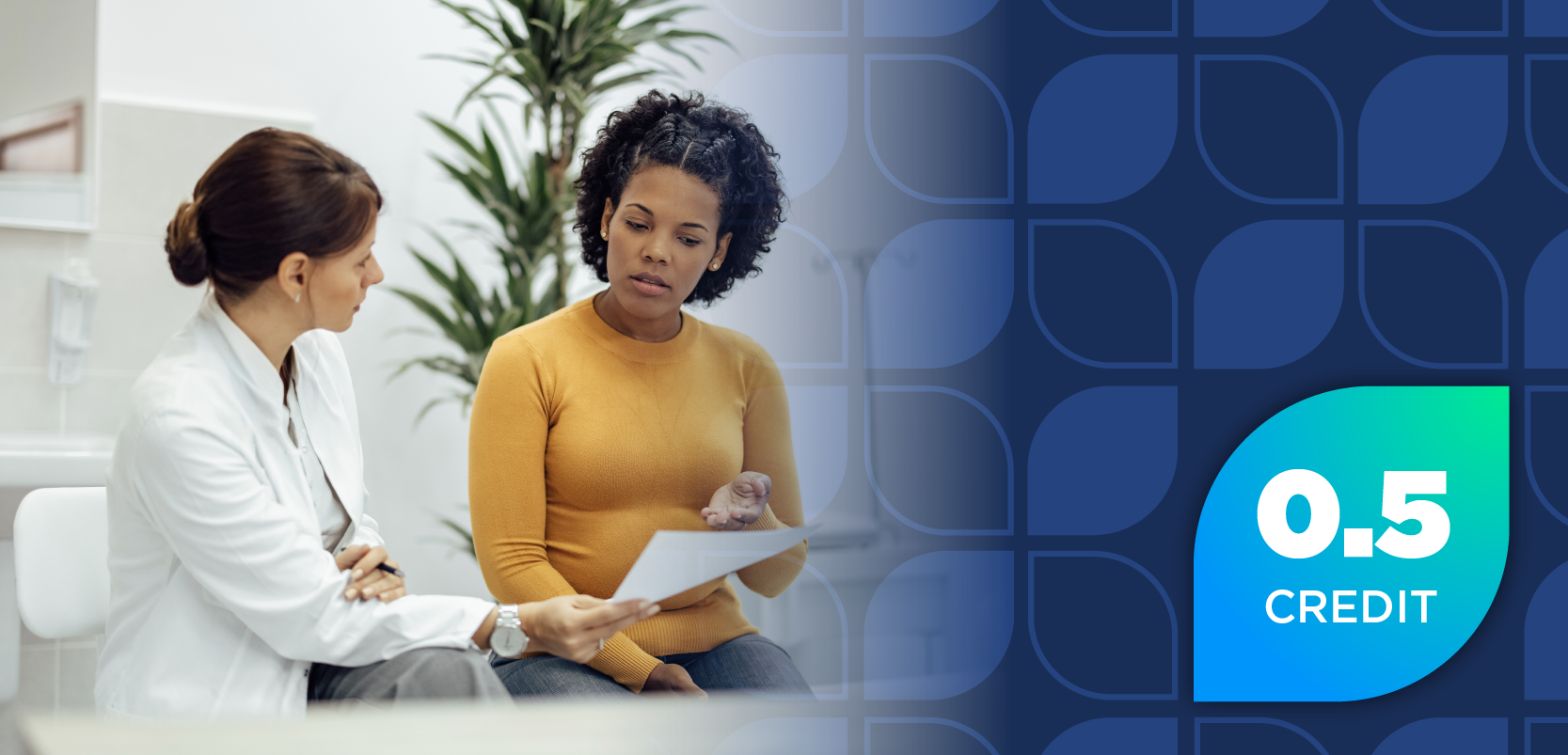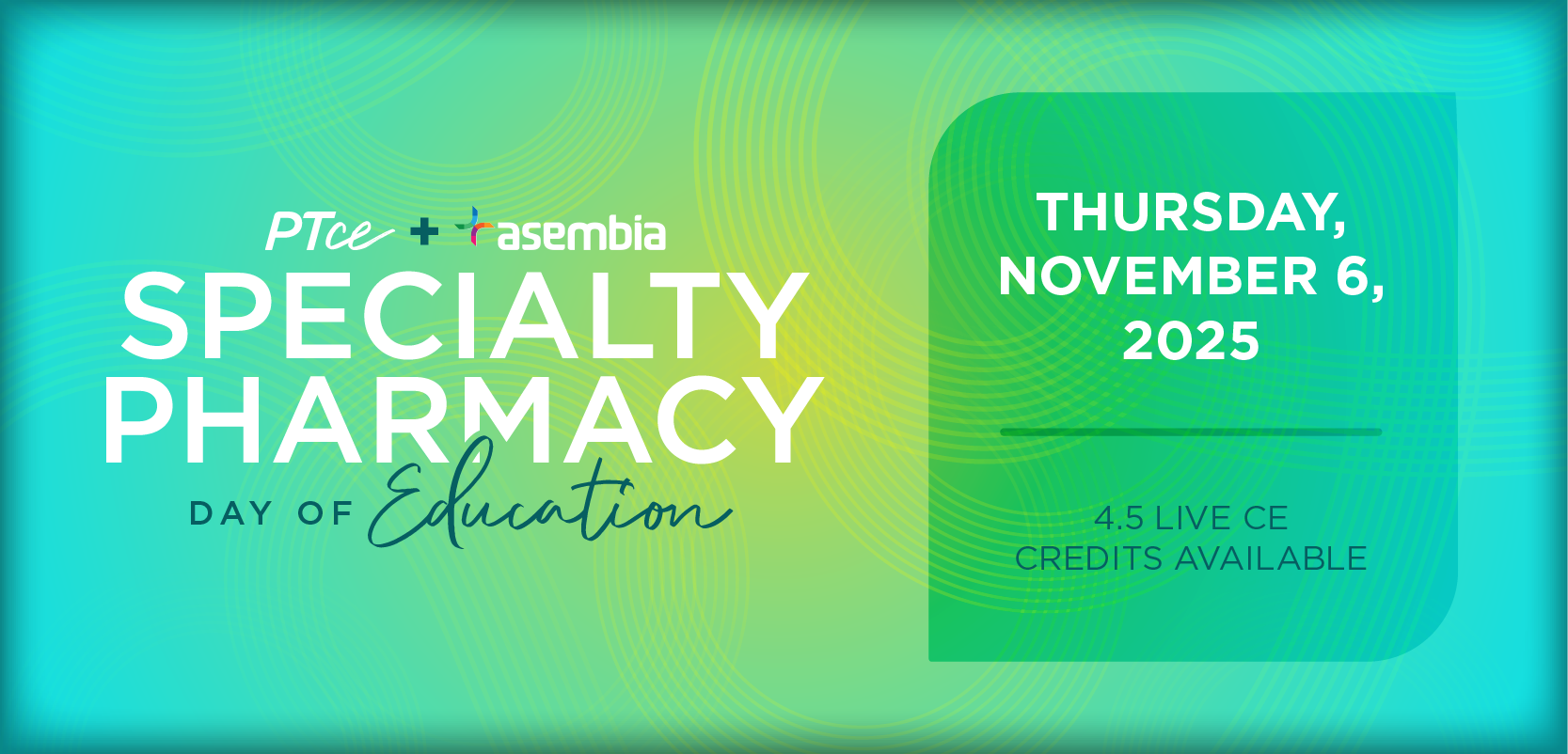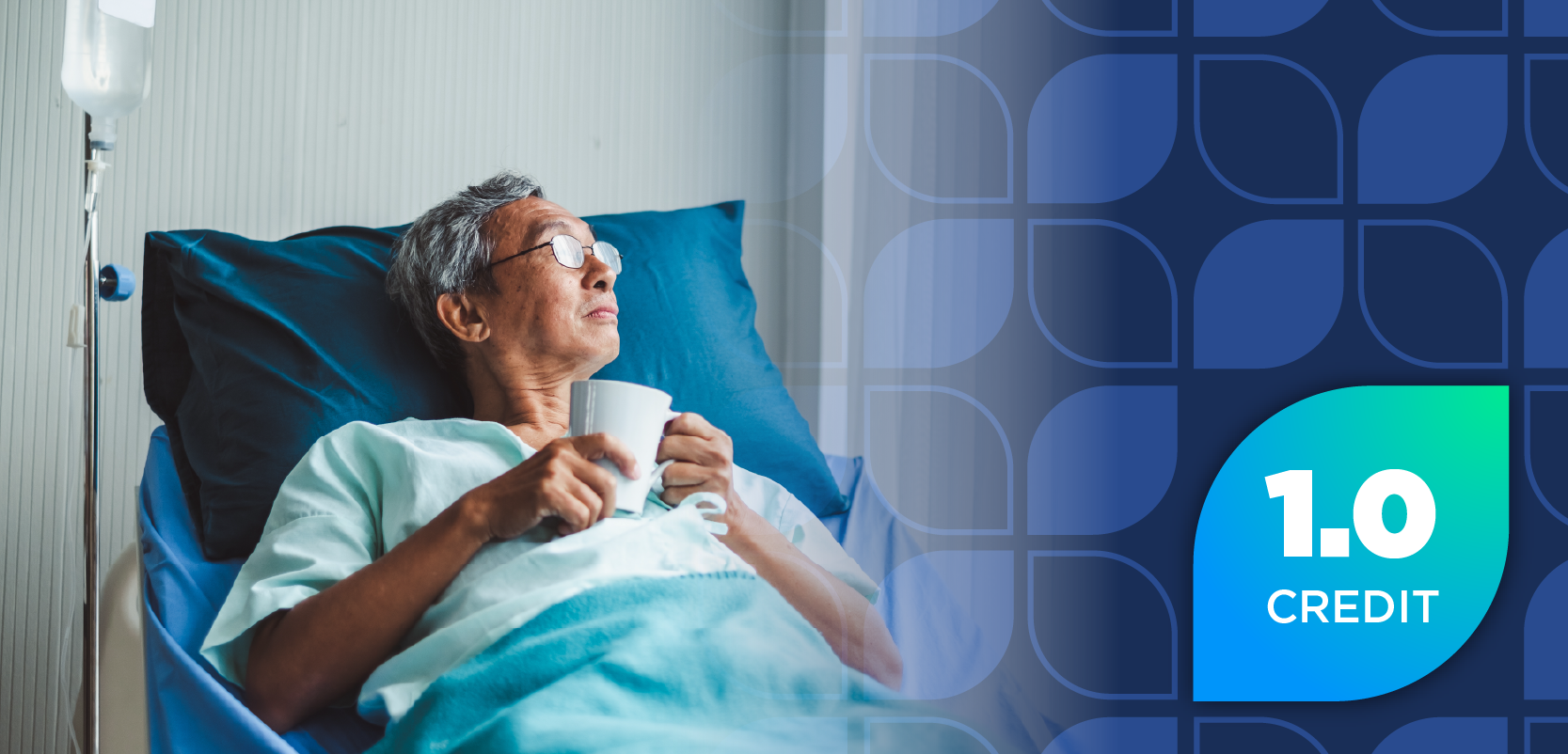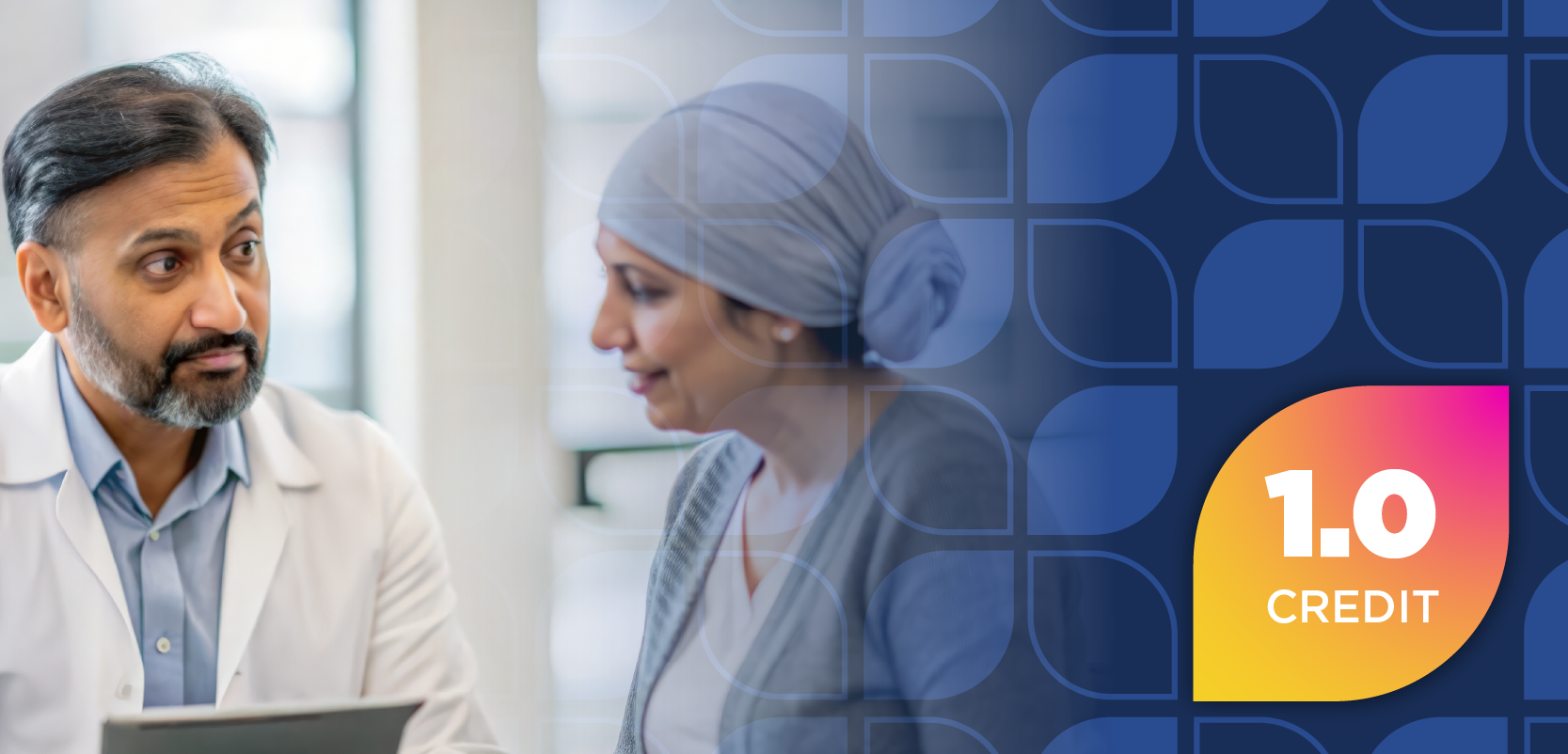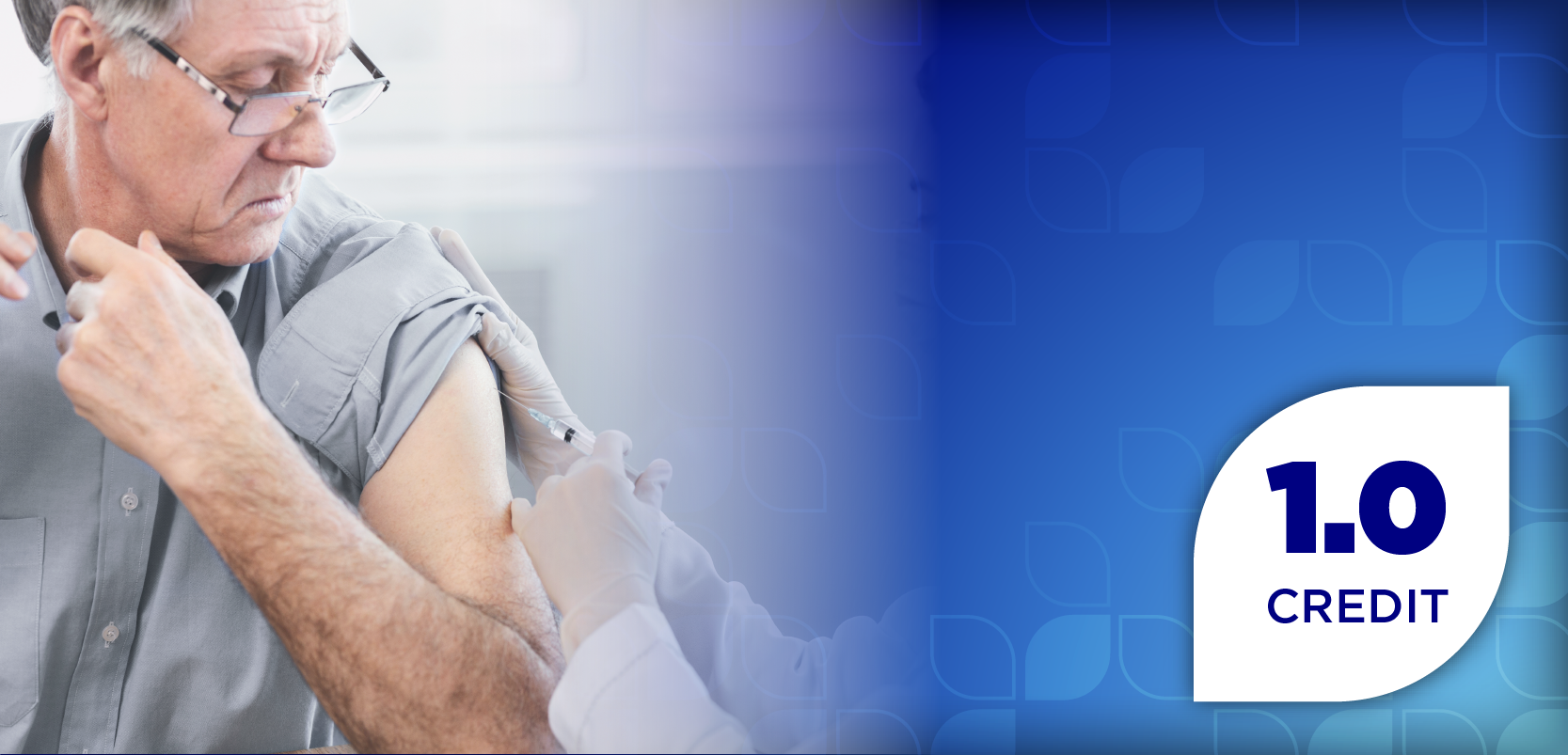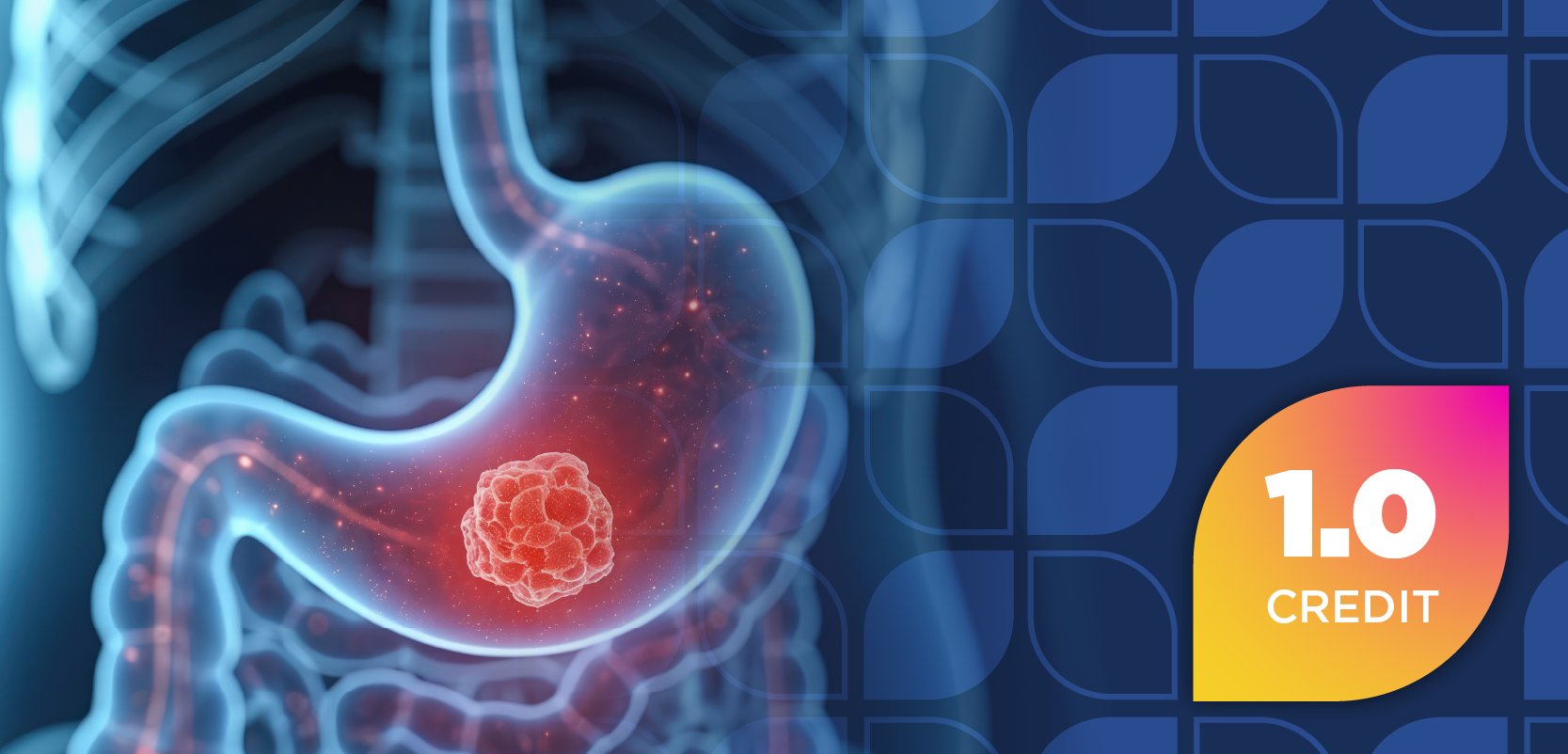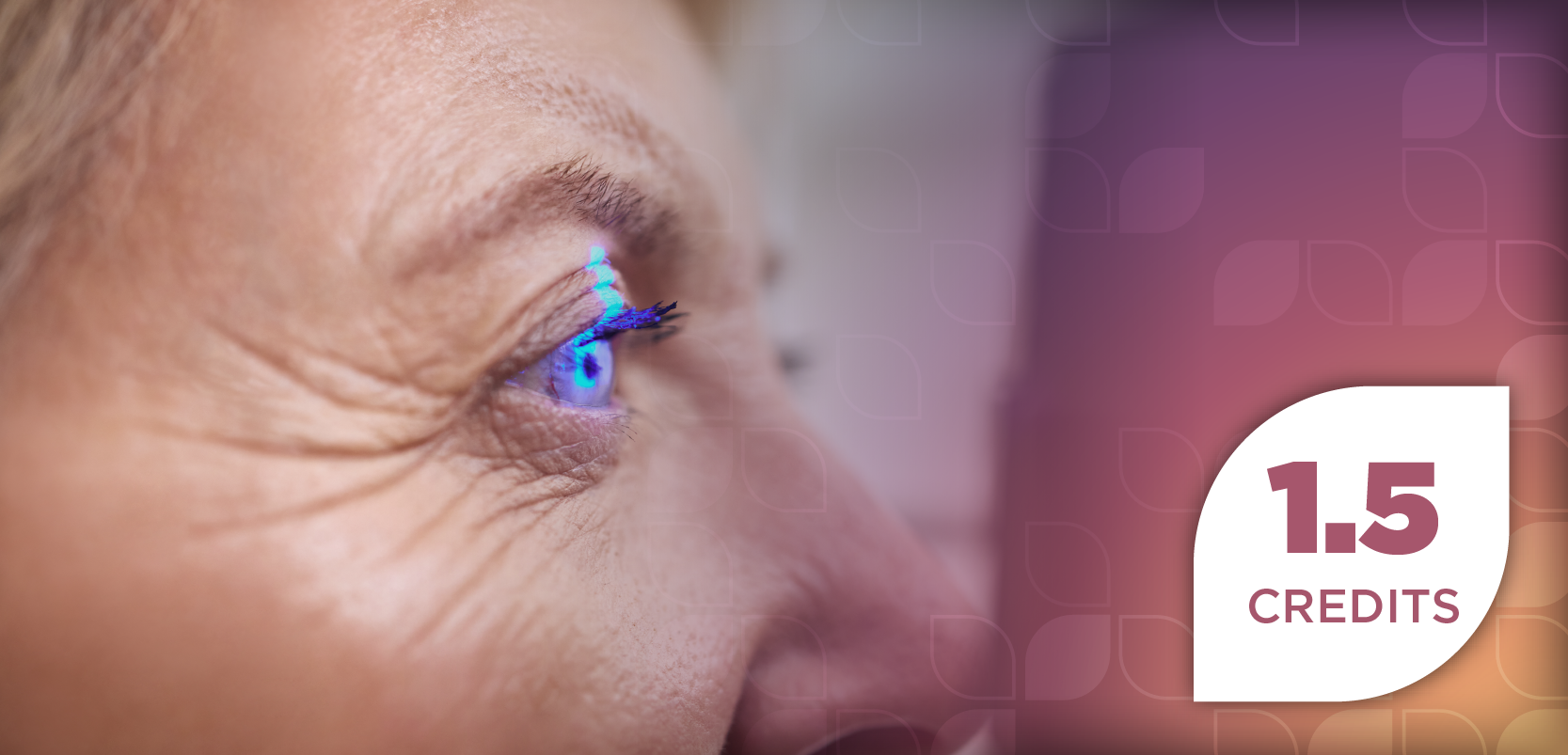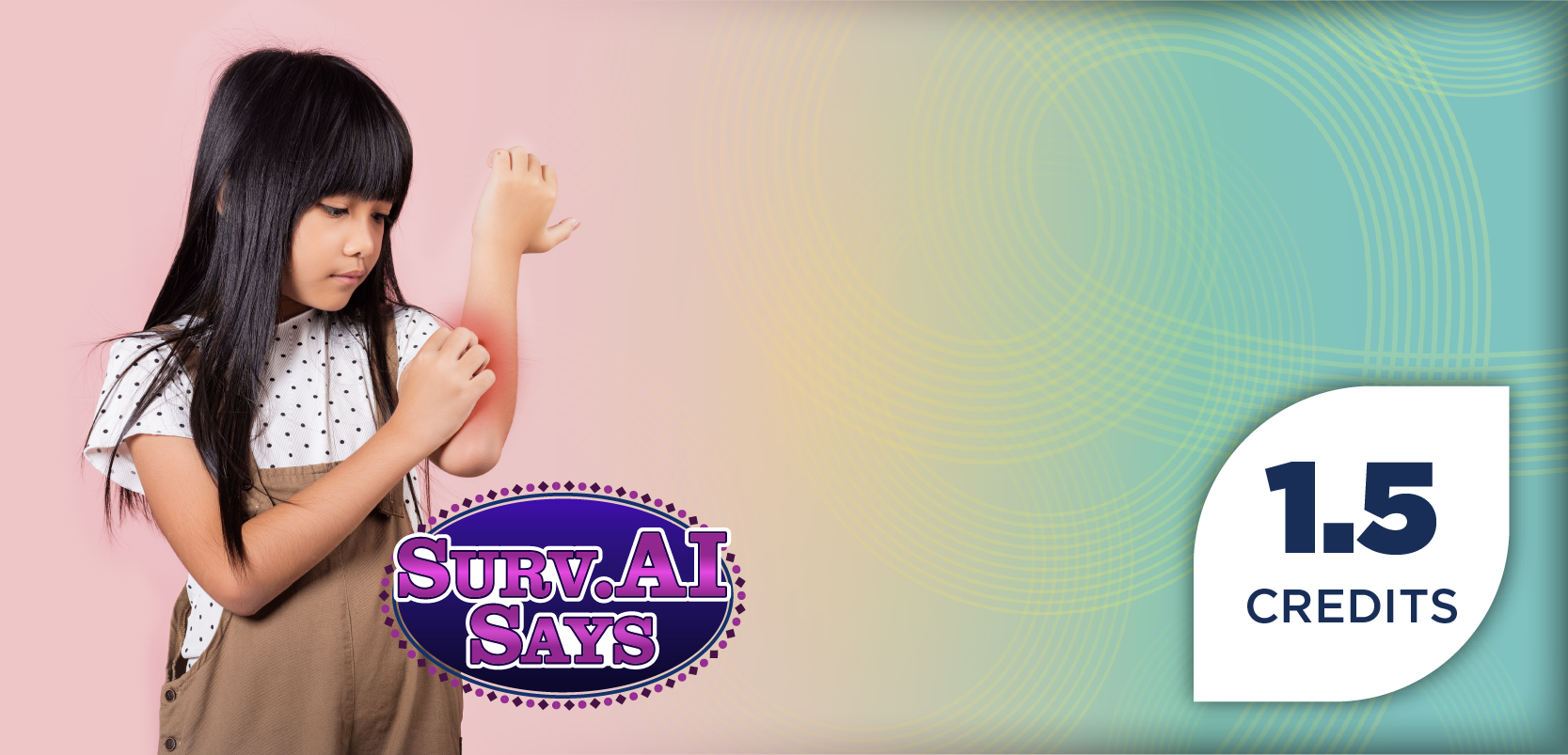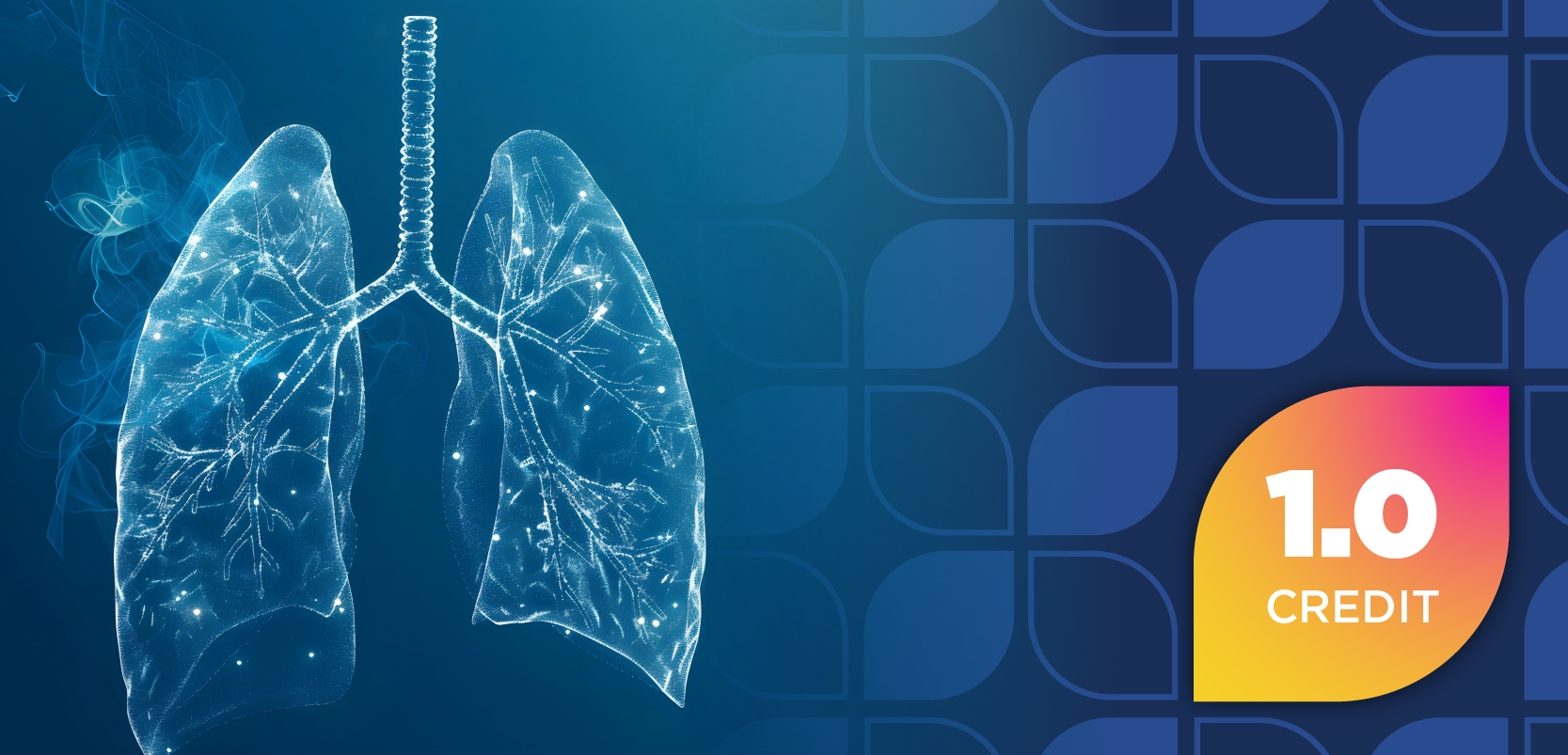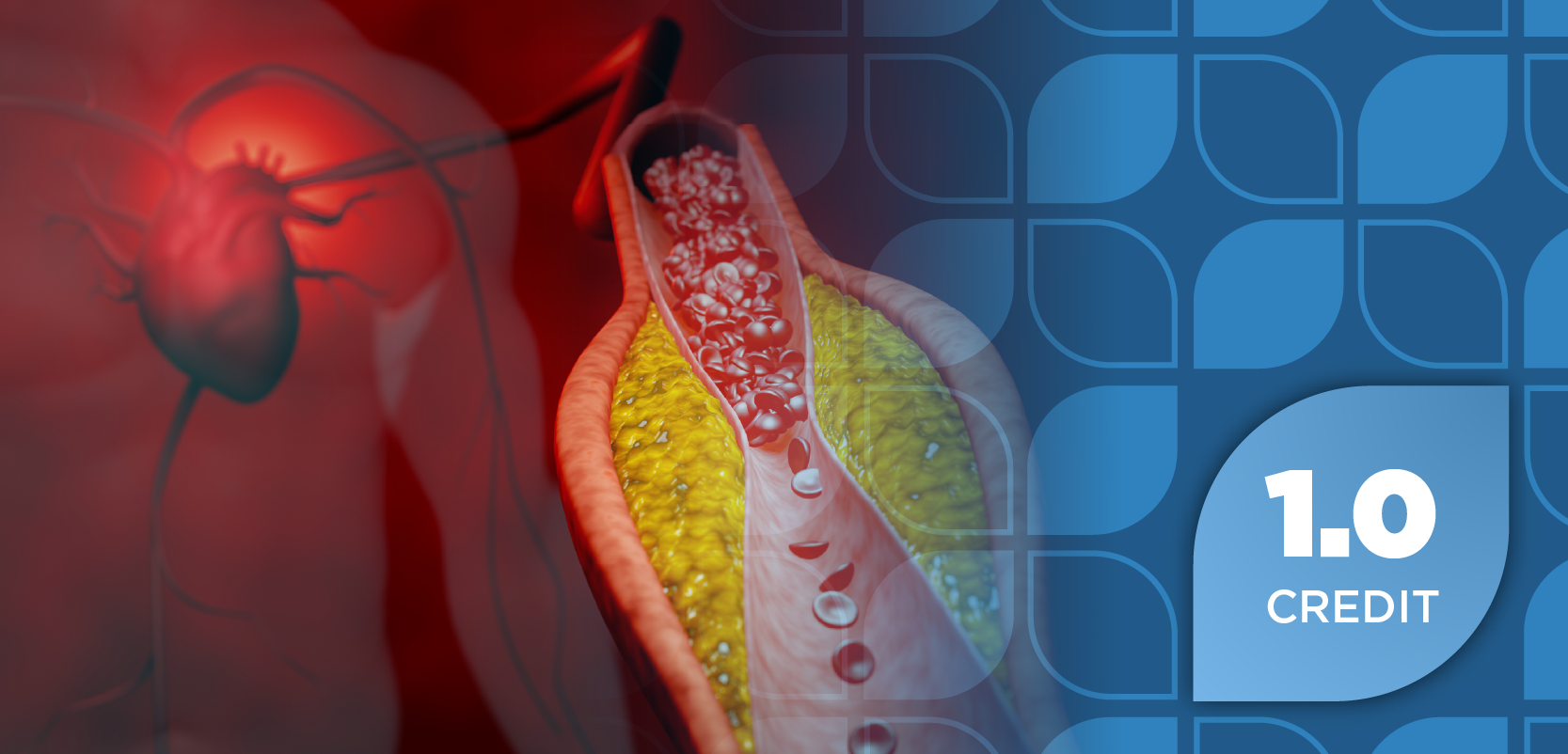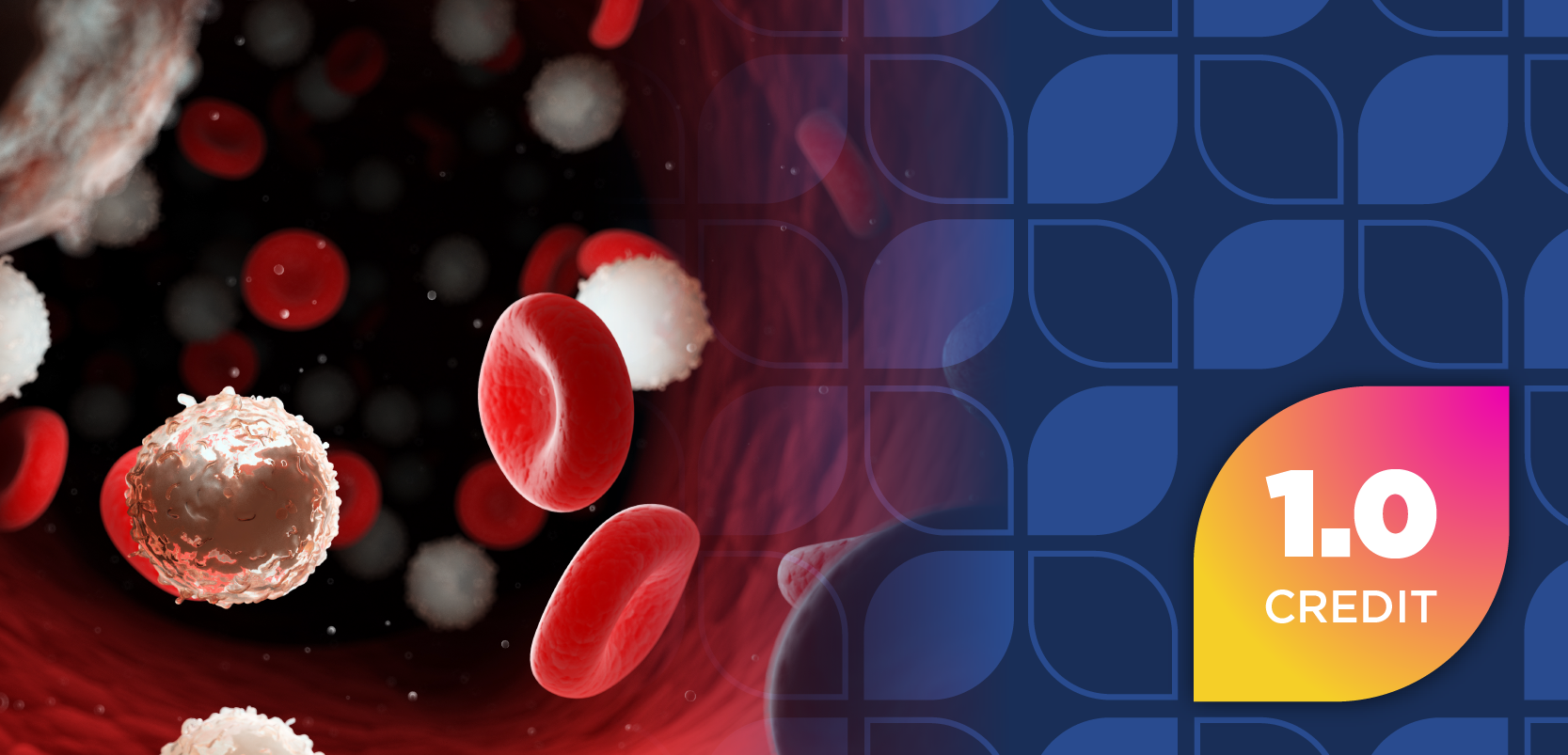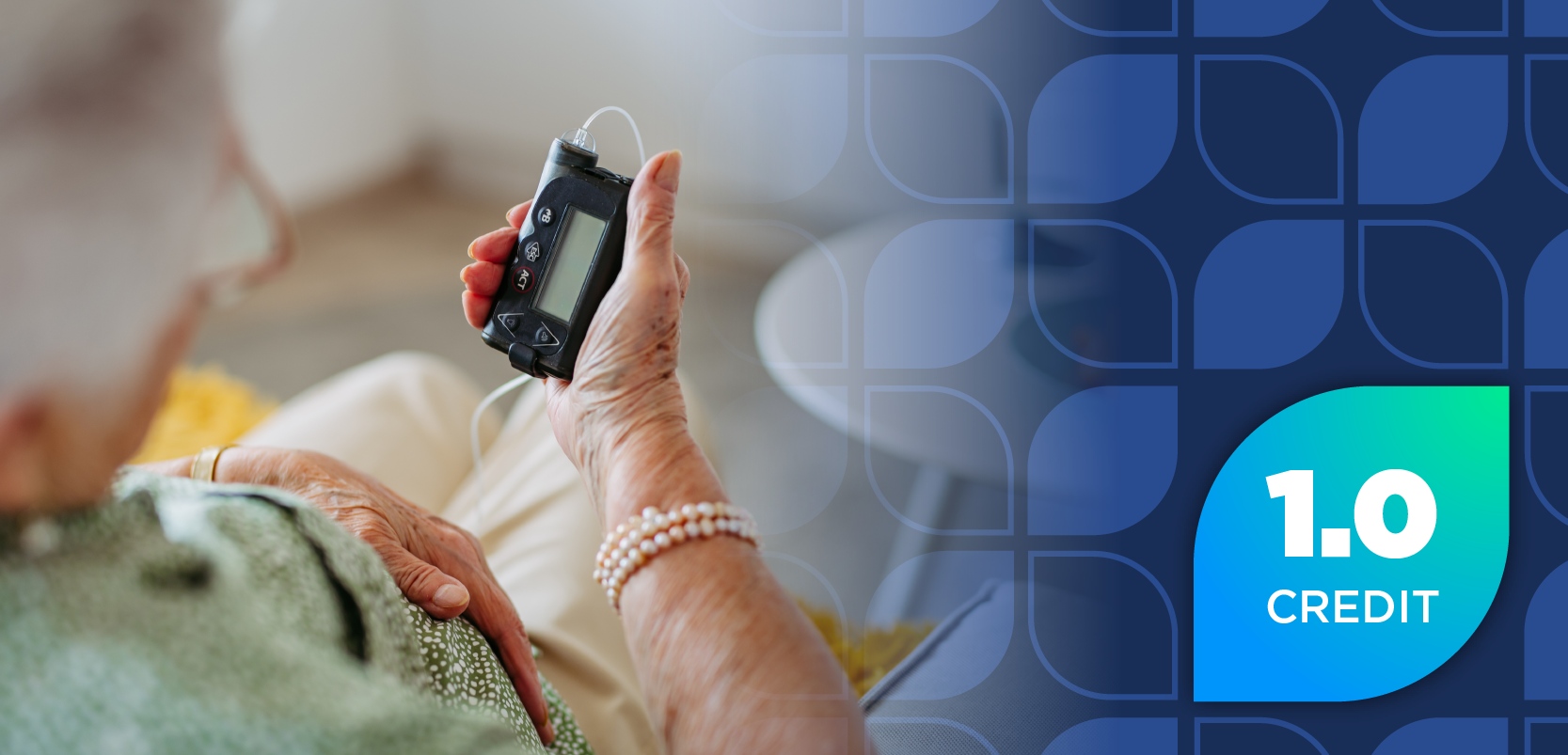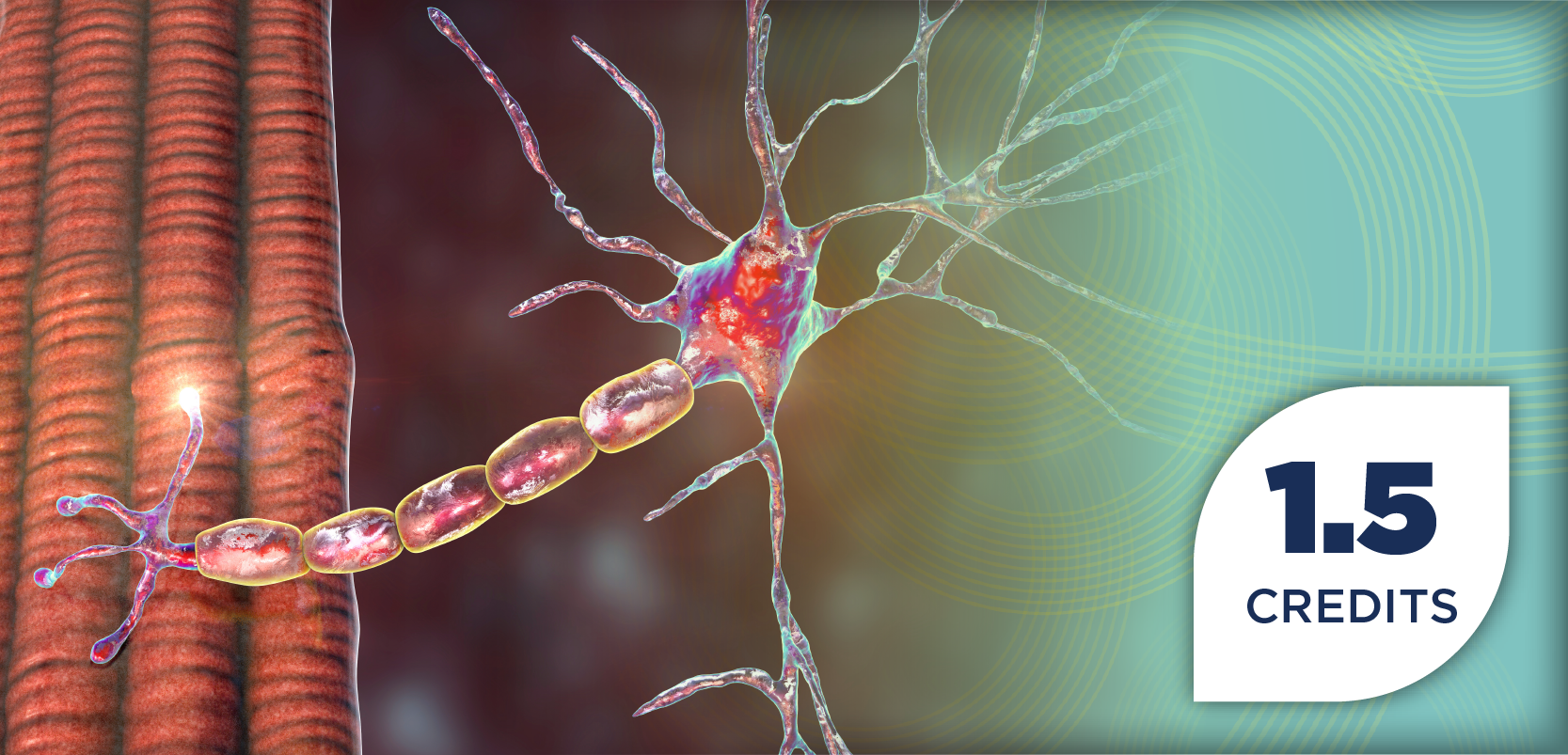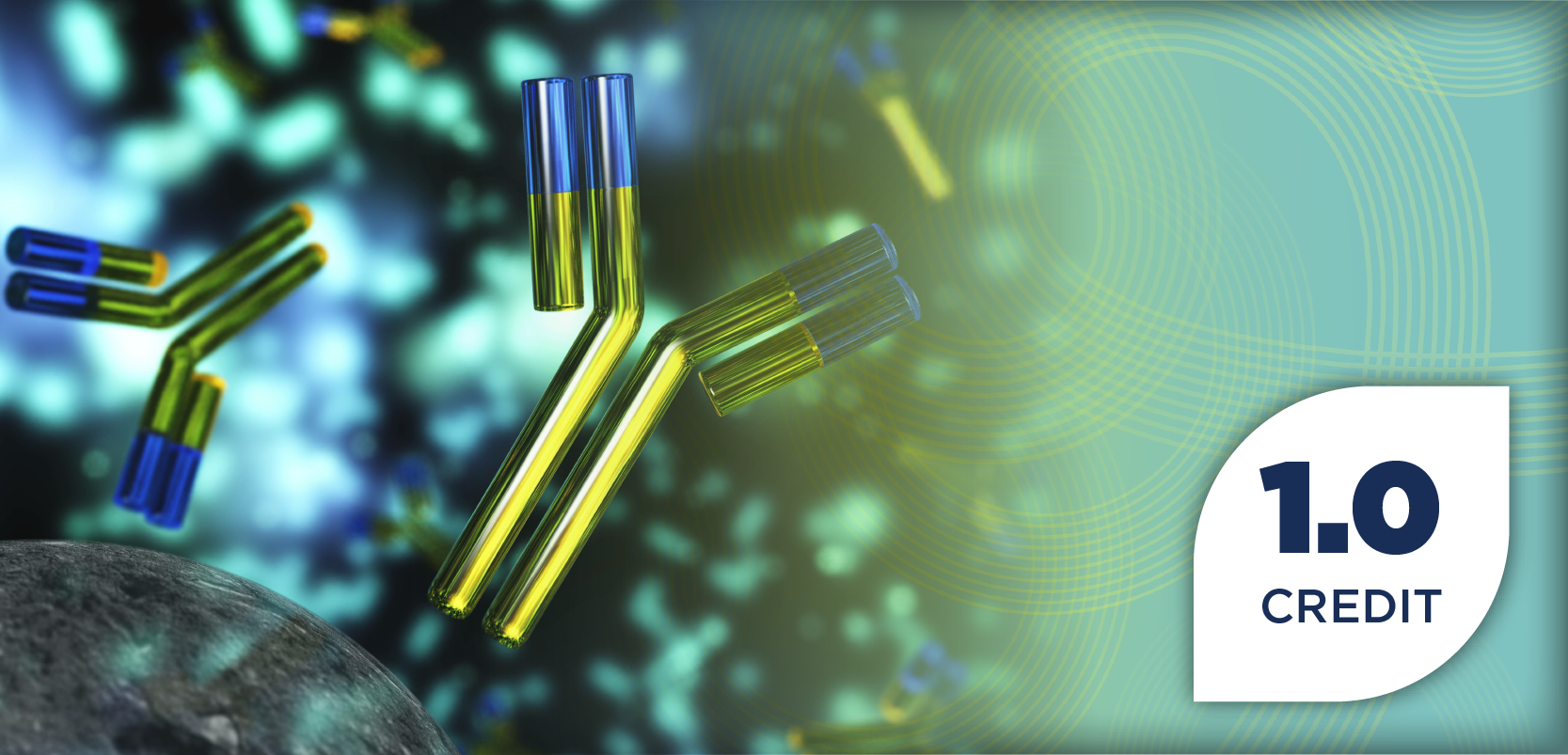
Study Highlights Benefits, Safety Considerations of GLP-1s in Children and Adolescents With T2D or Obesity
Key Takeaways
- GLP-1s significantly improved glycemic control, weight, and cardiometabolic outcomes in children and adolescents with T2D or obesity.
- The study found no significant difference in suicidal ideation or behavior between GLP-1 and placebo groups.
GLP-1 receptor agonists enhance glycemic control and weight management in youth with type 2 diabetes (T2D) and obesity; however, safety concerns persist.
Glucagon-like peptide-1 receptor agonists (GLP-1s) significantly improved glycemic, weight, and cardiometabolic outcomes in children and adolescents with type 2 diabetes (T2D) or obesity, according to data from a systemic review and meta-analysis of 18 trials published in JAMA Pediatrics. Study authors noted that further data over a short follow-up revealed that suicidal ideations or behavior did not demonstrate a significant difference; however, long-term gastrointestinal adverse effects need further research, they said.1,2
Overview and Treatment Options for Childhood Obesity
Childhood obesity affects 1 in 5 children and adolescents younger than 18 years, rising from previous years along with a steady increase in T2D cases. In the past, treatment for T2D in children was limited to metformin and insulin, but in 2019 the FDA approved various GLP-1s for this patient population, including liraglutide (Victoza; Novo Nordisk), semaglutide (Ozempic, Wegovy; Novo Nordisk), dulaglutide (Trulicity; Eli Lilly and Company), and extended-release exenatide (Bydureon BCise; AstraZeneca).
Approval of these medications and updated pediatric guidelines have led to a significant increase in the use of GLP-1s for T2D and obesity in children and adolescents. Additionally, tirzepatide, a dual-action medication, is being investigated for use in the same population.1
With the rising use of GLP-1s among youth, psychological impacts are a concern, as suicide rates have grown, with 17% of US youth reporting suicidal ideation and 7% to 8% attempting suicide annually.1,2
Safety and Efficacy of GLP-1s in Children and Adolescents
To assess the efficacy and safety of GLP-1s in children and adolescents with obesity, prediabetes, or T2D, researchers analyzed data from 18 randomized clinical trials that were found through a systemic search in PubMed, Embase, and the Cochrane Central Register of Controlled Trials.1,2
Efficacy of the treatments was measured by several factors, including changes in hemoglobin A1c (HbA1c), fasting plasma glucose, and weight outcomes, including body weight and body mass index (BMI). In addition to blood pressure and lipid profiles, investigators also assessed exploratory outcomes that evaluated metabolic dysfunction-associated steatohepatitis, metabolic dysfunction-associated steatotic liver disease, and obstructive sleep apnea.1,2
To evaluate safety, the trials assessed suicidal ideation and behaviors using the Columbia-Suicide Severity Rating Scale, which groups these into 3 categories: suicidal ideation, suicidal behavior, and self-injury without intent. However, the study authors noted that in this analysis, the 3 categories were combined into a single group referred to as suicidal ideation or behaviors. Investigators also assessed the safety of gastrointestinal adverse effects, infections, hepatobiliary disorders, hypoglycemia, and adverse event discontinuations.1,2
The results demonstrated that GLP-1s significantly reduced HbA1c by 44% and fasting glucose by 9.92 mg/dL. Patients also showed improved weight-related outcomes, decreasing body weight by 3.02 kg and BMI by 1.45, along with a decrease in systolic blood pressure.1,2
Further results demonstrated that the most common adverse effects were gastrointestinal, which were more frequent in participants using GLP-1s. However, the study found no significant differences in other adverse events, including suicidal ideation or behaviors between the GLP-1 and placebo groups.1,2
“To build on these findings, future clinical trials and real-world studies could assess treatment adherence with respect to patient preferences and their effect on safety and efficacy/effectiveness outcomes. Moreover, longer follow-up from future RCTs and real-world studies is essential to establish the long-term effects of GLP-1 RAs in children and adolescents,” the authors wrote.1
REFERENCES
1. Kotecha P, Huang W, Yeh Y, et al. Efficacy and safety of GLP-1 RAs in children and adolescents with obesity or type 2 diabetes: a systematicreview and meta-analysis. JAMA Pediatr. Published online September 15, 2025. doi:10.1001/jamapediatrics.2025.3243
2. Efficacy and safety of GLP-1 RAs in children and adolescents with obesity or type 2 diabetes. Jama Pediatrics. News release. September 15, 2025. Accessed September 15, 2025. https://www.eurekalert.org/news-releases/1098075
Newsletter
Stay informed on drug updates, treatment guidelines, and pharmacy practice trends—subscribe to Pharmacy Times for weekly clinical insights.

